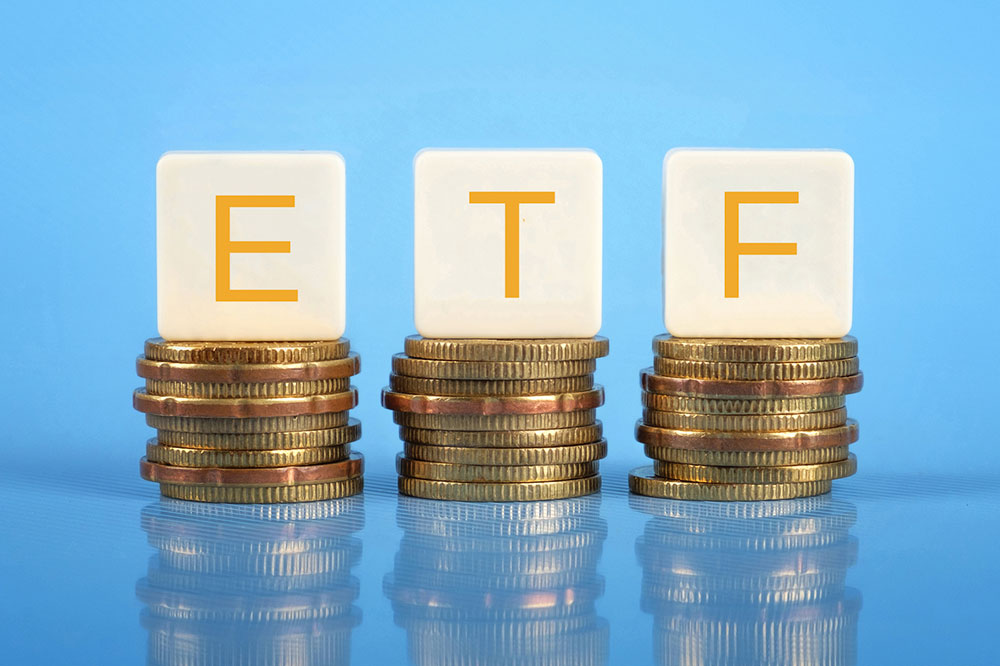Strategies to Maximize Your Investment Returns with Exchange-Traded Funds (ETFs)
Discover comprehensive strategies to maximize your investment returns with exchange-traded funds (ETFs). Learn about various ETF types, leveraging techniques, cost advantages, and tactical approaches to build a diversified, efficient portfolio. Perfect for both beginners and experienced investors, this guide provides insights into making the most of ETFs' flexibility and growth potential for long-term wealth accumulation.

An In-Depth Guide to Enhancing Your Portfolio Using Exchange-Traded Funds (ETFs)
Since their emergence in 1993, exchange-traded funds (ETFs) have dramatically transformed the landscape of financial investing. What started as niche investment products have grown into vital components of both personal and institutional portfolios. Their unique ability to offer broad market exposure, liquidity, transparency, and cost efficiency has made ETFs some of the most popular investment instruments today. Investors around the world leverage ETFs to diversify their holdings, pursue strategic asset allocation, and capitalize on market opportunities with ease and flexibility.
Understanding the fundamentals of ETFs is essential for anyone looking to optimize their investment strategy. ETFs are investment funds that hold a collection of assets such as stocks, bonds, commodities, or currencies. They are designed to track the performance of specific market indexes, providing investors with a way to mirror the movement of the overall market or particular sectors. Unlike traditional mutual funds, ETFs are traded openly on stock exchanges—much like individual stocks—allowing for real-time trading at fluctuating prices throughout the trading day.
During the early 2000s, ETFs saw exponential growth, which underscored their increasing importance in global investment portfolios. By 2017, the total assets under management (AUM) for ETFs surpassed $4 trillion, reflecting an expanding industry that's continuously innovating with new fund types and strategies. This rapid growth is attributable to several key advantages that ETFs offer over other investment vehicles.
Asset managers such as Vanguard, BlackRock (iShares), and State Street construct ETFs by bundling a selection of securities that mirror an index or meet specific investment goals. These funds are subject to regulatory standards intended to protect investors, ensuring transparency and safety. Investors can buy and sell ETF shares through brokerage accounts, enjoying the flexibility of trading at any point during market hours, without restrictions that typically apply to mutual funds which are priced only at the end of each trading day.
ETFs come in a myriad of types tailored to different investment objectives. For instance, some ETFs focus on stocks that pay high dividends, appealing to investors seeking steady income streams. Others track major market indices like the S&P 500 or NASDAQ Composite, providing diversified exposure to large-cap stocks. There are also ETFs dedicated to commodities such as gold, oil, or agricultural products, offering a hedge against inflation or economic downturns. More specialized options include bond ETFs, currencies, or sector-specific funds targeting industries like technology, healthcare, or energy.
Leverage plays a significant role in certain ETFs, providing investors with means to amplify their exposure and potentially boost returns. Leveraged ETFs—often labeled as '2X,' '3X,' or similar—use borrowed capital to magnify daily gains or losses based on the underlying index. While these funds can generate substantial short-term gains during favorable market movements, they come with elevated risk and are generally suitable for experienced traders who closely monitor their investments. Such funds are designed for tactical traders rather than long-term holding due to their complexity and volatility.
In addition to their diversity, ETFs are known for their cost-efficiency. Compared to mutual funds, ETFs typically have lower expense ratios because they are passively managed, replicating the performance of an index rather than employing active management strategies. This cost advantage allows investors to keep more of their returns over time. Furthermore, the liquidity of ETFs is a crucial feature not readily available with mutual funds—they can be bought or sold at any point during market hours, enabling investors to react swiftly to market changes or news events.
Another benefit of ETFs is their transparency. Most funds publish their holdings on a daily basis, permitting investors to understand exactly what assets they own. This transparency helps in making more informed investment decisions and providing clarity on risk exposure. Additionally, the tax efficiency of ETFs—mainly due to their creation and redemption mechanisms—often results in fewer capital gains distributions compared to mutual funds, making them even more attractive for taxable accounts.
For investors aiming to maximize gains using ETFs, understanding the various strategies is critical. Diversification remains a cornerstone—spreading investments across sectors, geographies, or asset classes to mitigate risk. Sector ETFs, for example, allow for targeted exposure, whether in technology, healthcare, or financials, enabling investors to capitalize on growth trends in specific industries.
Another approach involves tactical allocation—adjusting ETF holdings dynamically based on market conditions. For example, increasing exposure to emerging markets during periods of growth or shifting to defensive sectors during downturns. Additionally, integrating leverage or inverse ETFs can help hedge against market declines or amplify bullish trends, but these strategies require careful risk management and understanding of the products' mechanics.
Finally, long-term investing in ETFs, emphasizing broad-market index funds, fosters compound growth over time. By consistently contributing to diversified ETFs, investors can build wealth while minimizing individual stock risk. Combining this with periodic rebalancing ensures alignment with investment goals and risk tolerance, ultimately helping investors maximize their returns over decades.
In summary, ETFs are powerful tools that, when used wisely, can significantly enhance an investor's return profile. They offer not only diversification and cost savings but also the flexibility to implement a wide range of investment strategies tailored to individual goals. As ETFs continue to evolve with new innovative products and strategies, investors who educate themselves and employ disciplined, informed approaches are most likely to succeed in maximizing gains in their investment portfolios.





